The U.S. is filled with many native species of snakes. While some pose no threat at all or may just give you a painful bite, interaction with others may be fatal. We’ll look at 17 of the most dangerous of these snakes to avoid at all costs.
Western Diamondback Rattlesnake
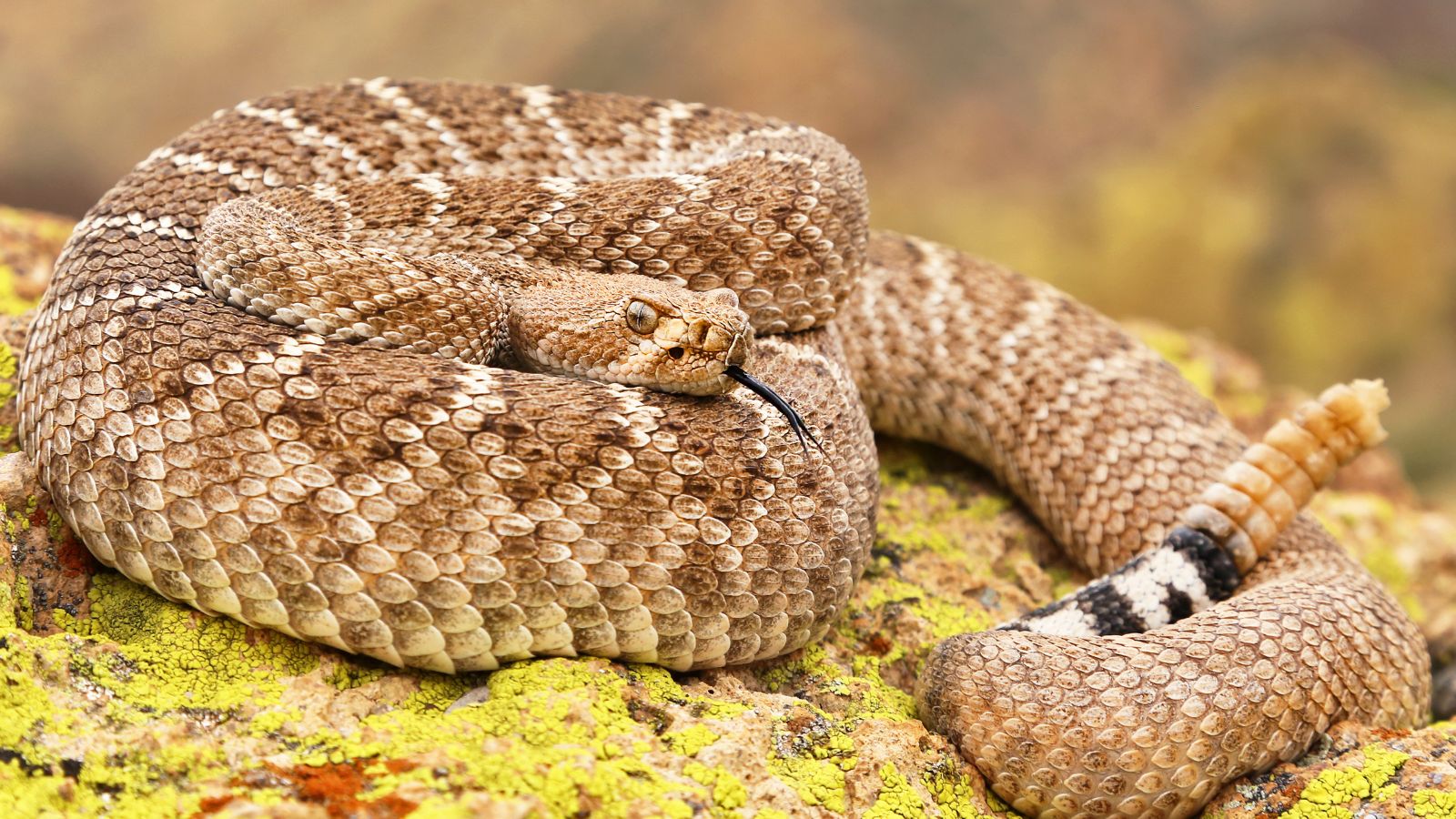
Known for the distinctive white and black rattle at the end of its tail, the western diamondback rattlesnake is a hemotoxic species so a bite from it can cause significant damage to your blood vessels, blood cells, and heart. It’s commonly found in the southwestern parts of the U.S., including Texas and Arizona.
Eastern Coral Snake
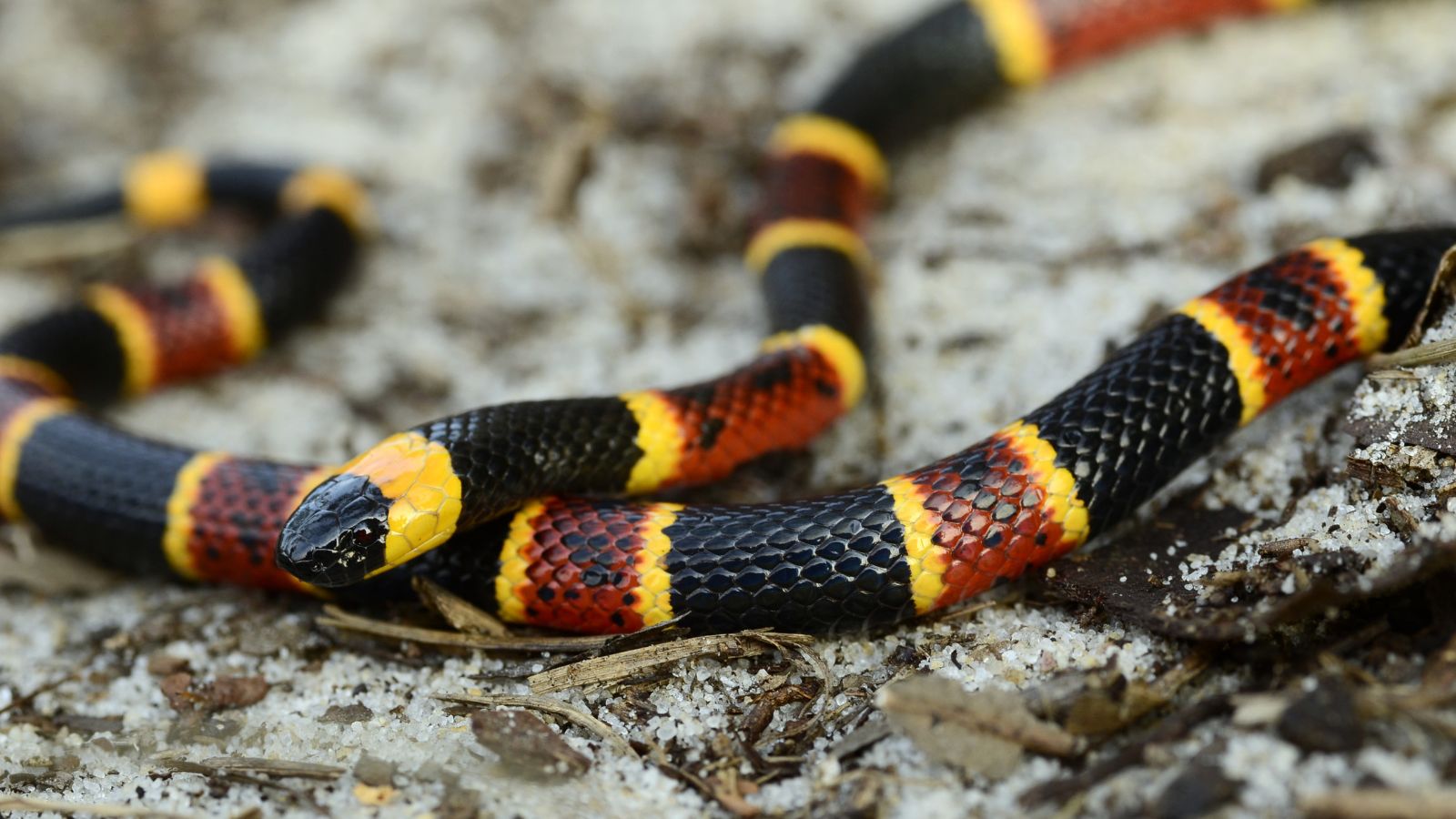
This brightly-colored snake with red, yellow, and black branding is found in woody, marshy, or sandy areas, and comes with a very deadly neurotoxic venom. The NLM reveals that a bite from the coral snake can cause motor issues, and fatalities from it are typically related to complications from respiratory weakness.
Eastern Diamondback Rattlesnake
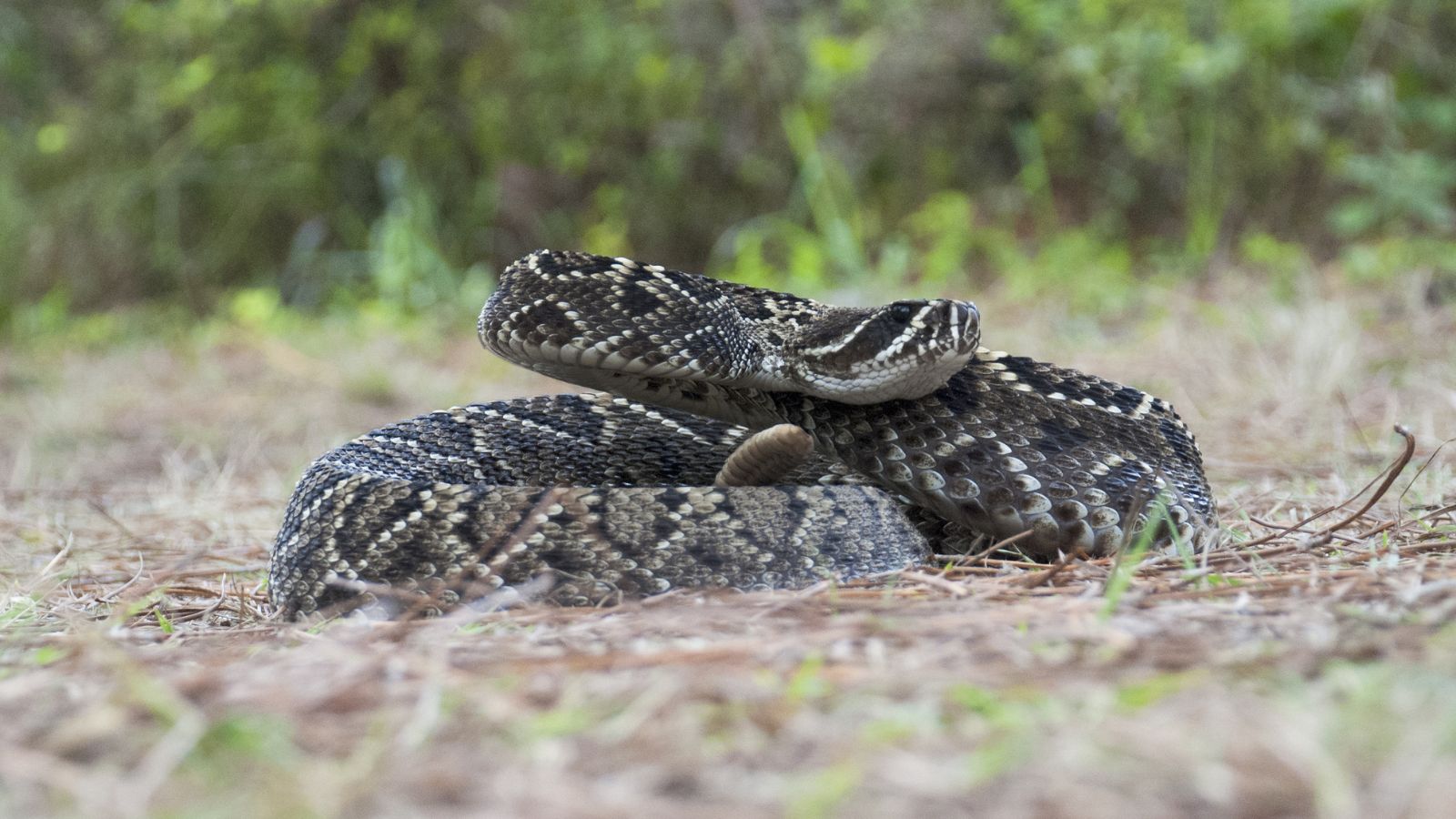
The eastern diamondback rattlesnake is the largest rattlesnake species in the U.S., and a bite from it can be extremely painful and fatal for humans. An interesting fact about this snake is that it can strike up two-thirds of its body. Found in the southeastern U.S., it comes with hemotoxins that kill red blood cells and damage tissues.
Cottonmouth (Water Moccasin)
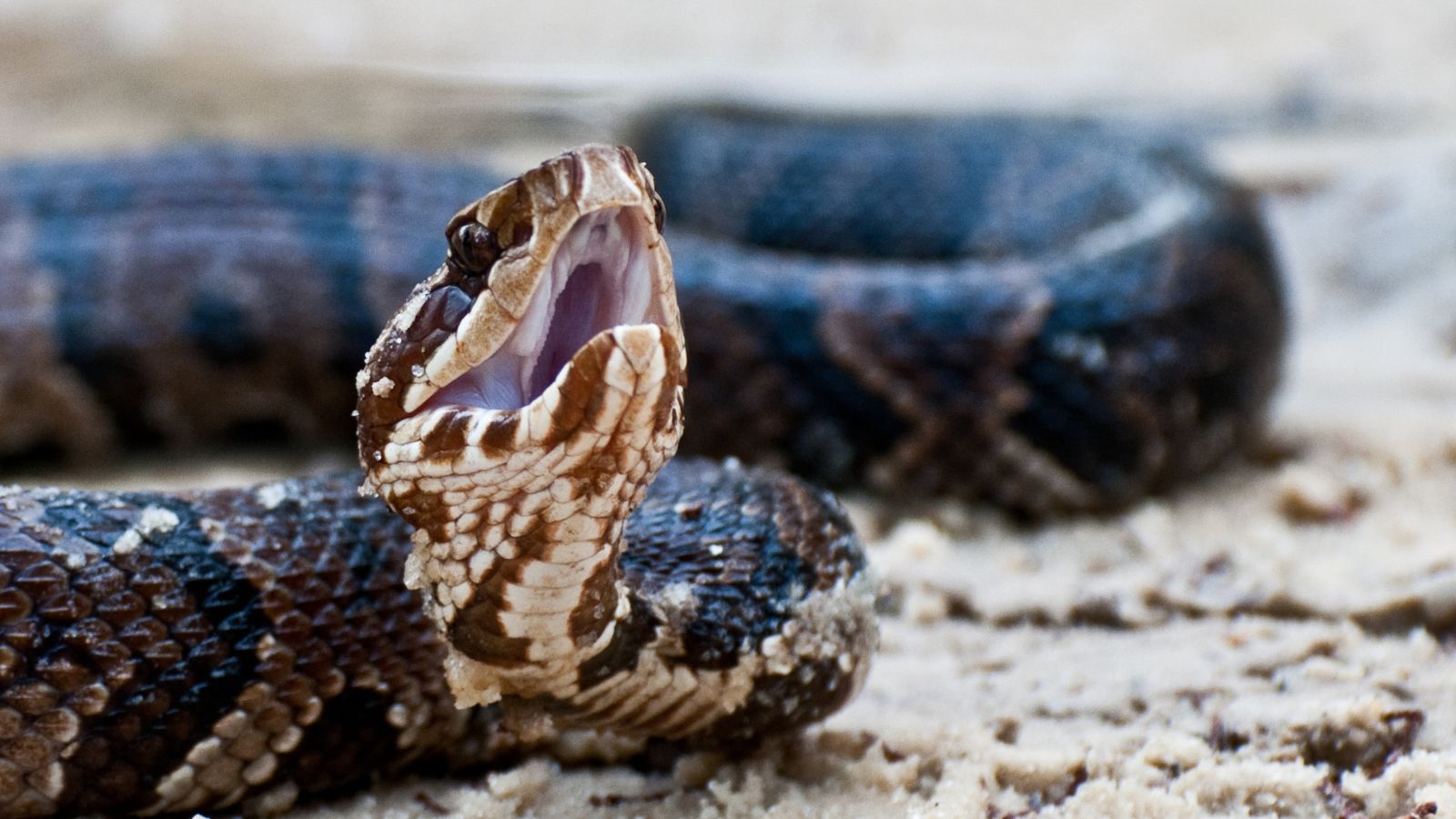
Another snake found in the southwestern U.S., the cottonmouth is a semi-aquatic species that could inject you with tissue-damaging, inflammation-causing hemotoxic venom. Bites from this snake are rare, and you can distinguish it by its dark branding and white mouth interior.
Copperhead
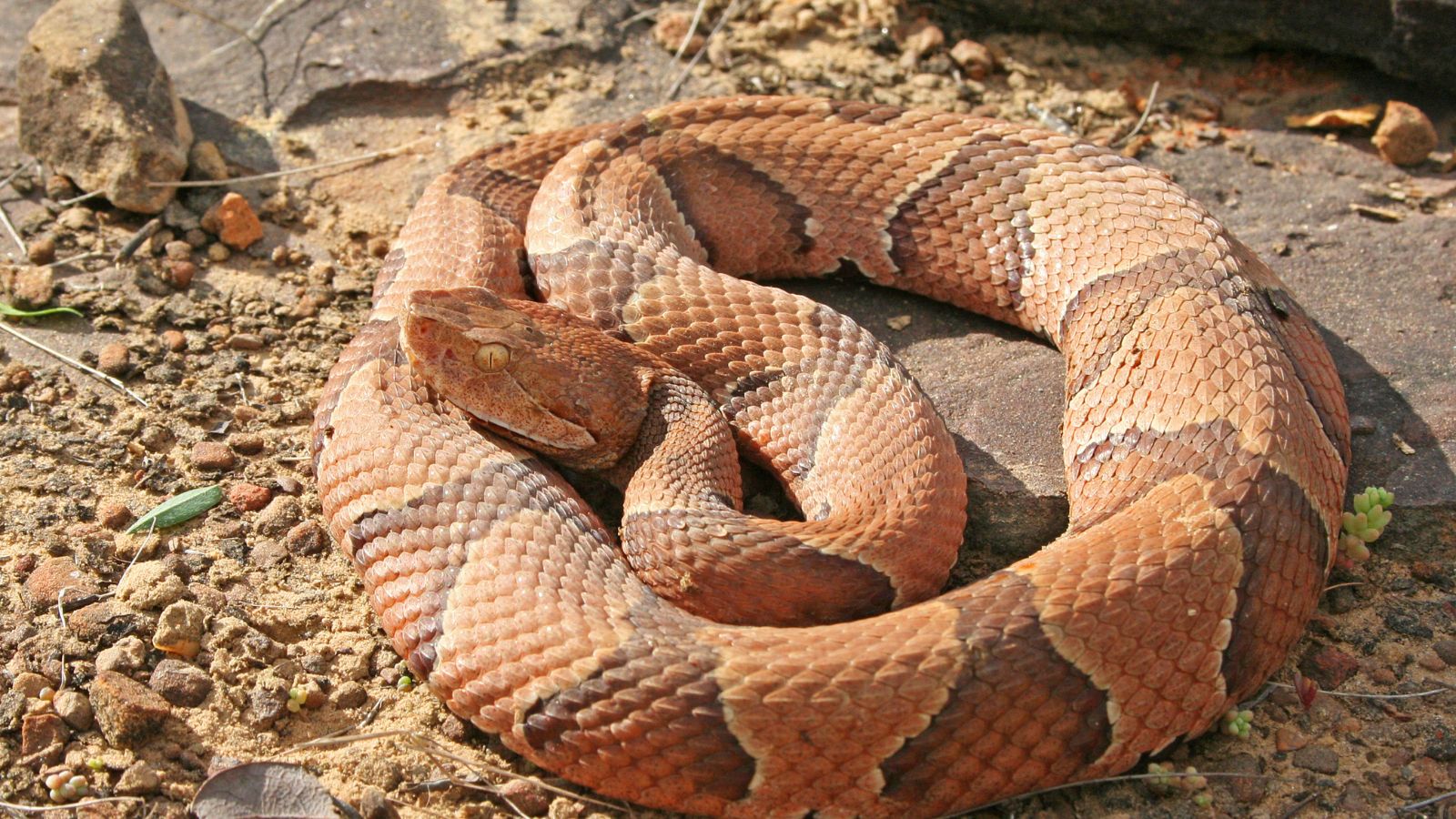
Although the potency of the copperhead’s venom is among the lowest of the pit viper family, it still remains one of the most dangerous snakes you’ll find in the U.S. It comes with hemolytic venom that causes the breakdown of red blood cells and, while bites are rarely fatal, they can be extremely painful.
Timber Rattlesnake
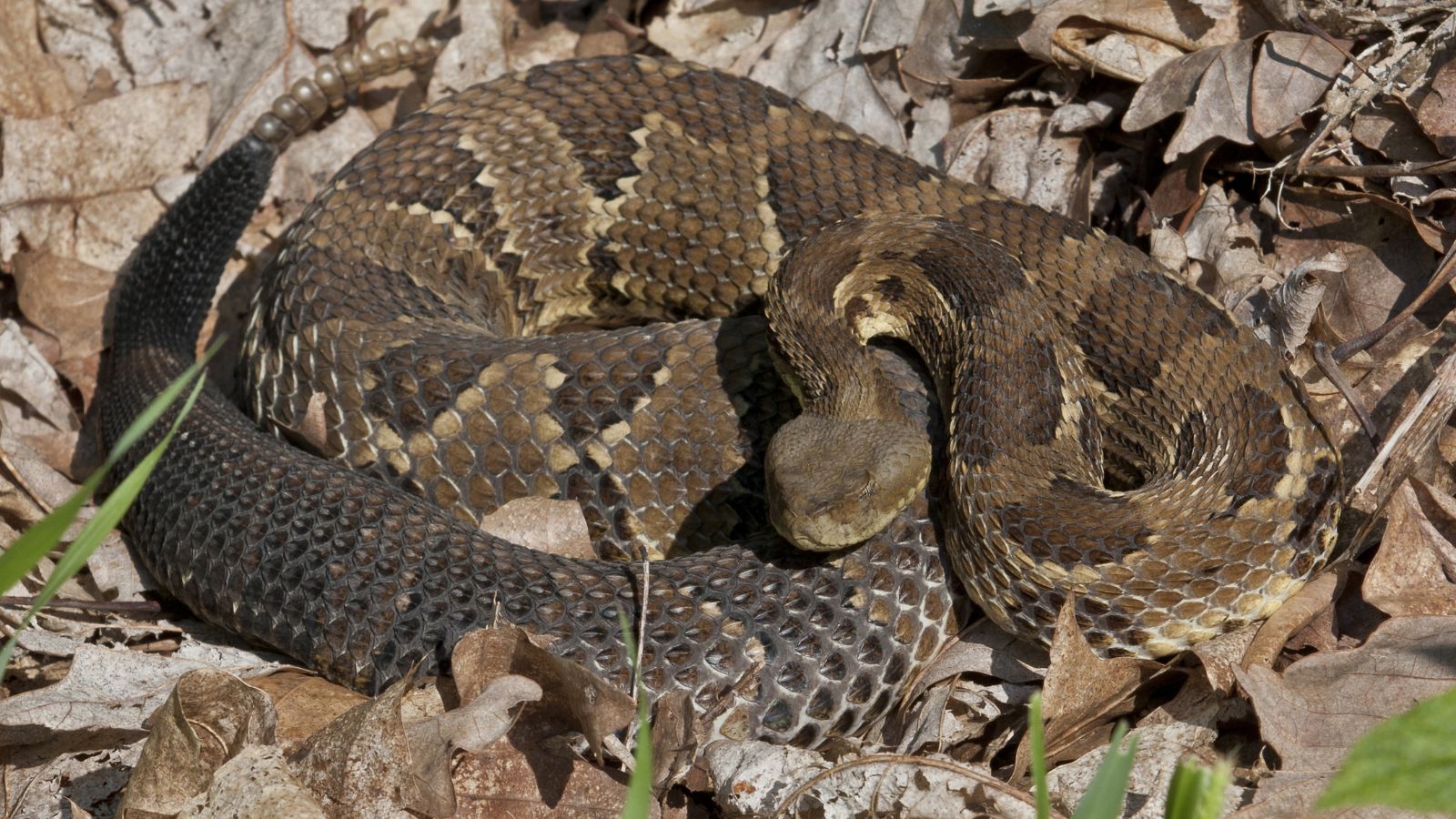
Found in forests in the eastern parts of the U.S., the timber rattlesnake has a hemotoxic venom that has the potential to cause significant system damage. The Minnesota DNR says that its toxins also cause the skin around a bite to swell, become black, and fall off during healing.
Mojave Rattlesnake
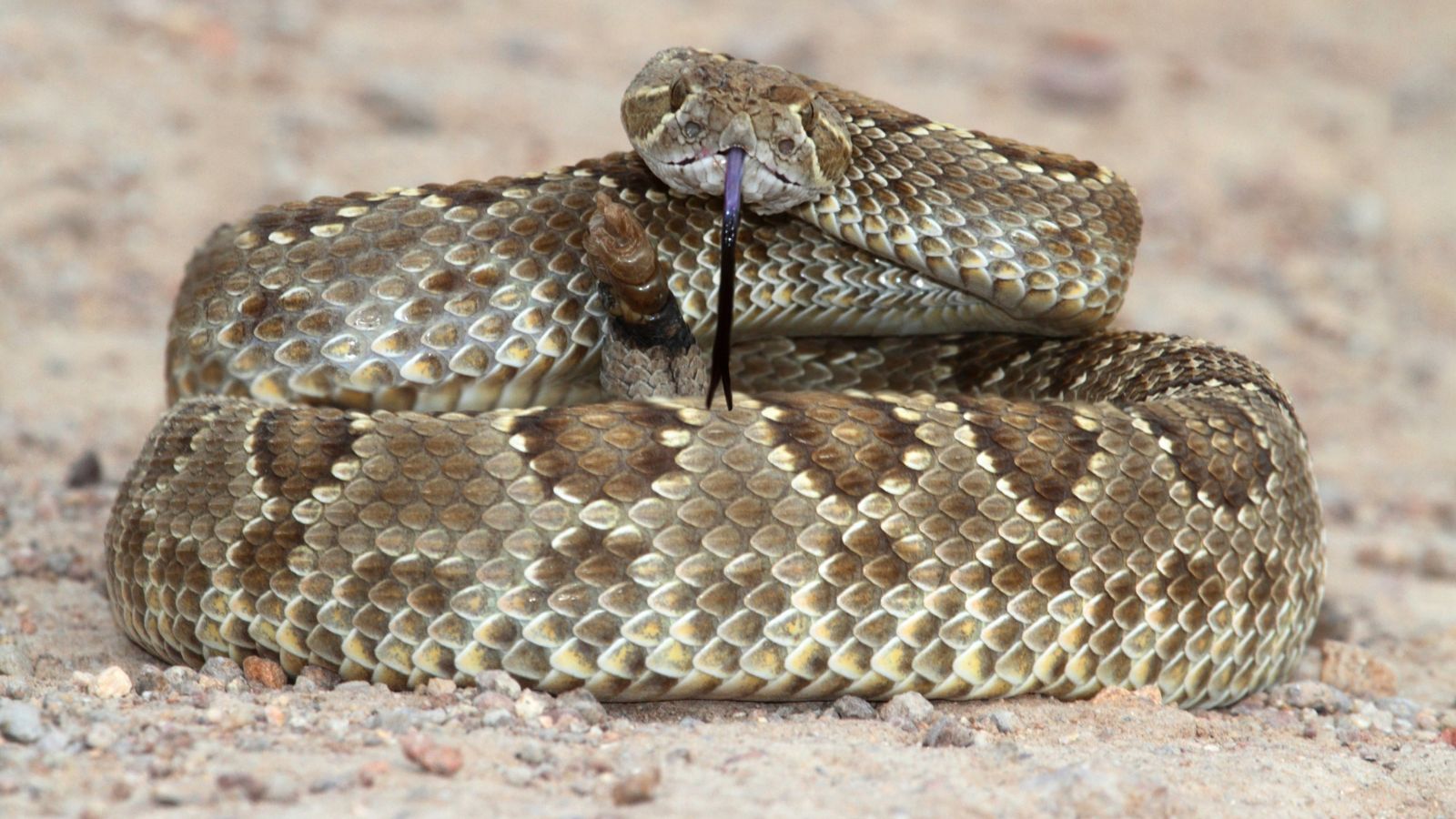
Now, the Mojave rattlesnake is a special species of venomous snake, as it injects its victims with a poison that’s both hemotoxic and neurotoxic. This makes treatment very difficult. It’s mostly found in the deserts of the southwestern U.S., and it has a similar appearance to the western diamondback.
Prairie Rattlesnake
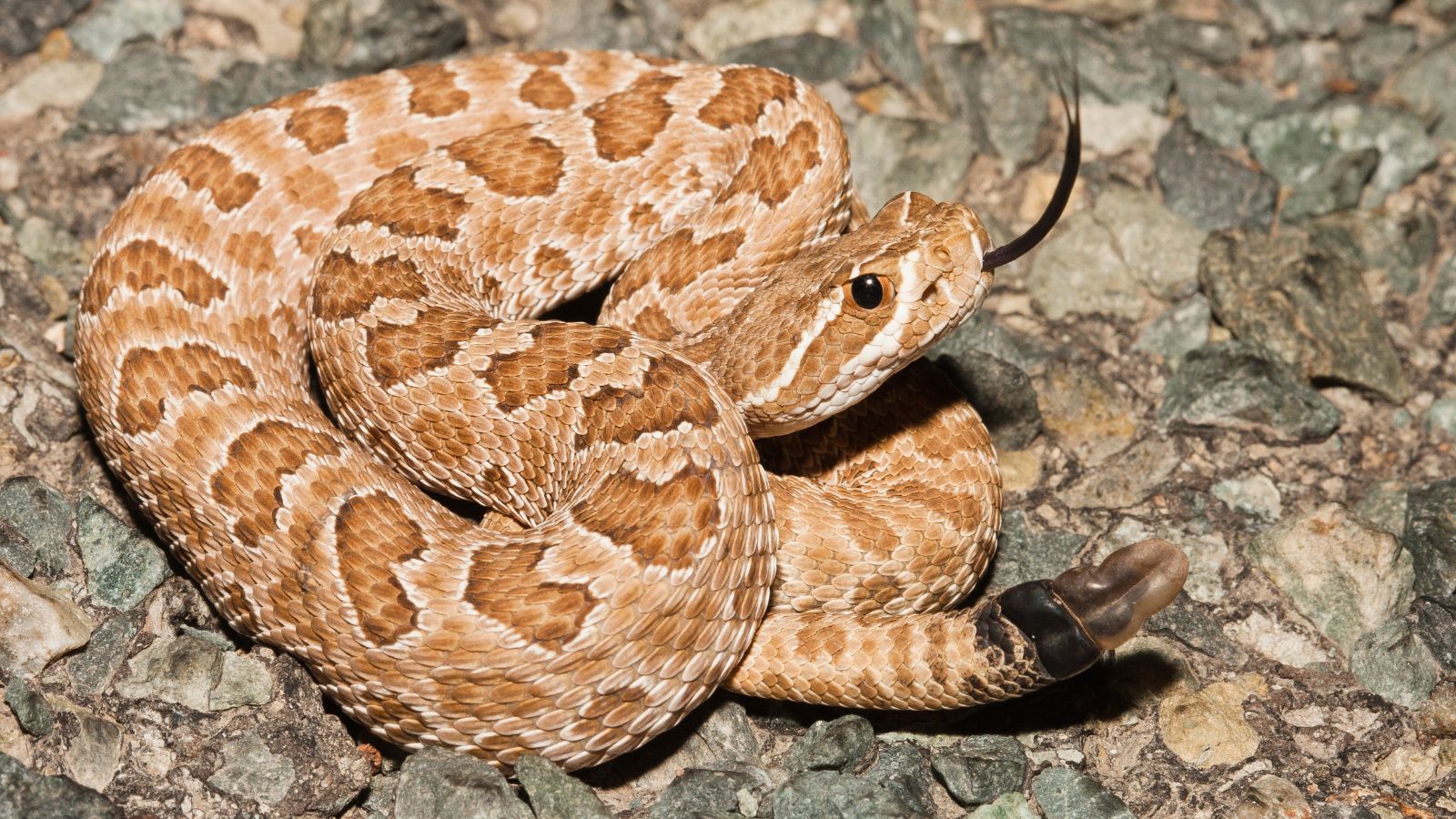
The Prairie Rattlesnake is a hemotoxic and cytotoxic snake – by cytotoxic, we mean that it has a venom that attacks and kills the cells in your body. An intravenous antivenin is the only way to treat a bite from this snake, which typically causes reactions like extensive swelling and necrosis.
Massasauga Rattlesnake

The Massasauga rattlesnake is a relatively smaller rattlesnake with cytotoxic venom, found in parts of the midwest and territories leading into Canada. This wetland snake doesn’t inject much venom with its bite, making it less potent than others, but still particularly dangerous to children and people with poor health.
Tiger Rattlesnake
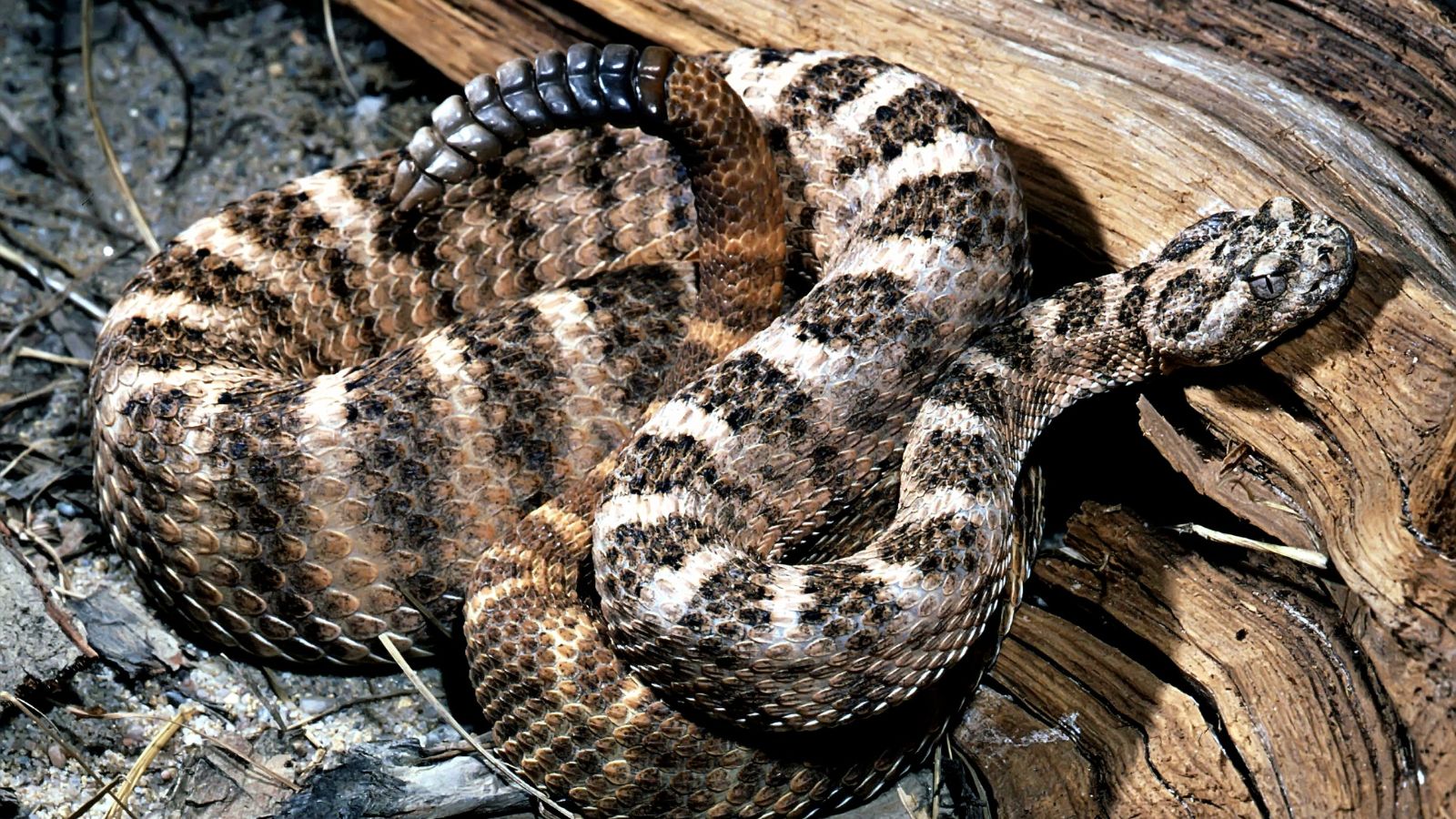
Another species that’s smaller than most is the tiger rattlesnake, and unlike the Massasauga, it comes with a highly potent neurotoxic venom. In fact, the National Science Foundation says this snake, mostly found in Arizona, has the simplest yet most toxic venom of any rattlesnake species!
Sidewinder

The sidewinder is another species of rattlesnake on our list, and it can be distinguished by its unique lateral, side-stepping movement. It lives in the desert regions of the southwestern U.S. and although its venom is less potent than many others, it’s still neurotoxic and can damage your nervous system.
Black Diamond Rattlesnake

The black diamond rattlesnake, sometimes called the Arizona black rattlesnake, is typically found in the higher altitudes of Arizona and northern Mexico. It’s a snake that doesn’t bite very often, but when it does, you’ll need immediate medical attention to treat its muscle-damaging myotoxic and hemotoxic venom.
Harlequin Coral Snake
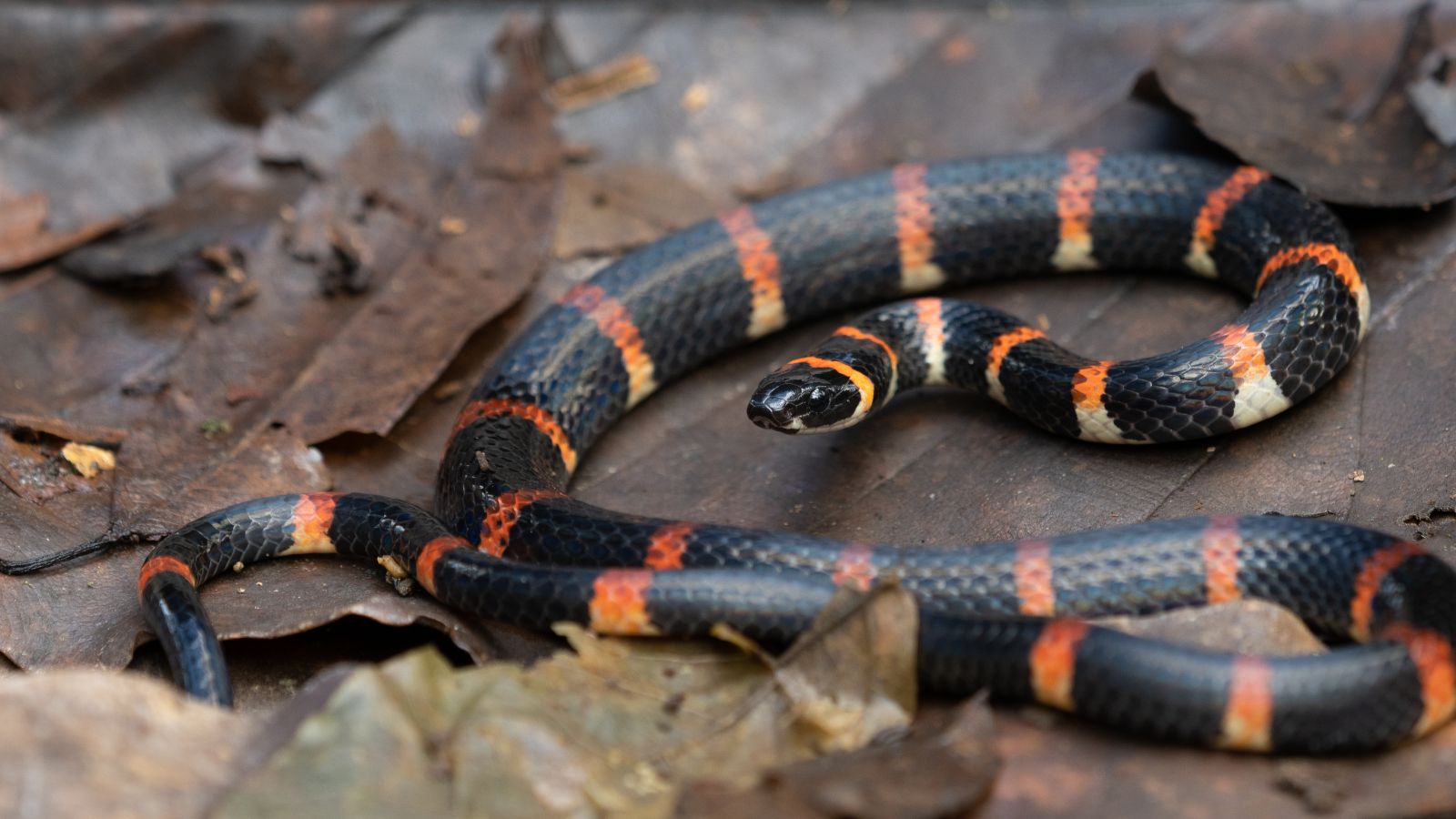
The University of Florida informs us that, “bites from Harlequin Coralsnakes can be very dangerous to people and pets, but bites from this species are extremely rare.” They’re a non-aggressive species that always avoid direct contact. You should visit the hospital immediately if you’ve had a terrible experience with one.
Southern Pacific Rattlesnake
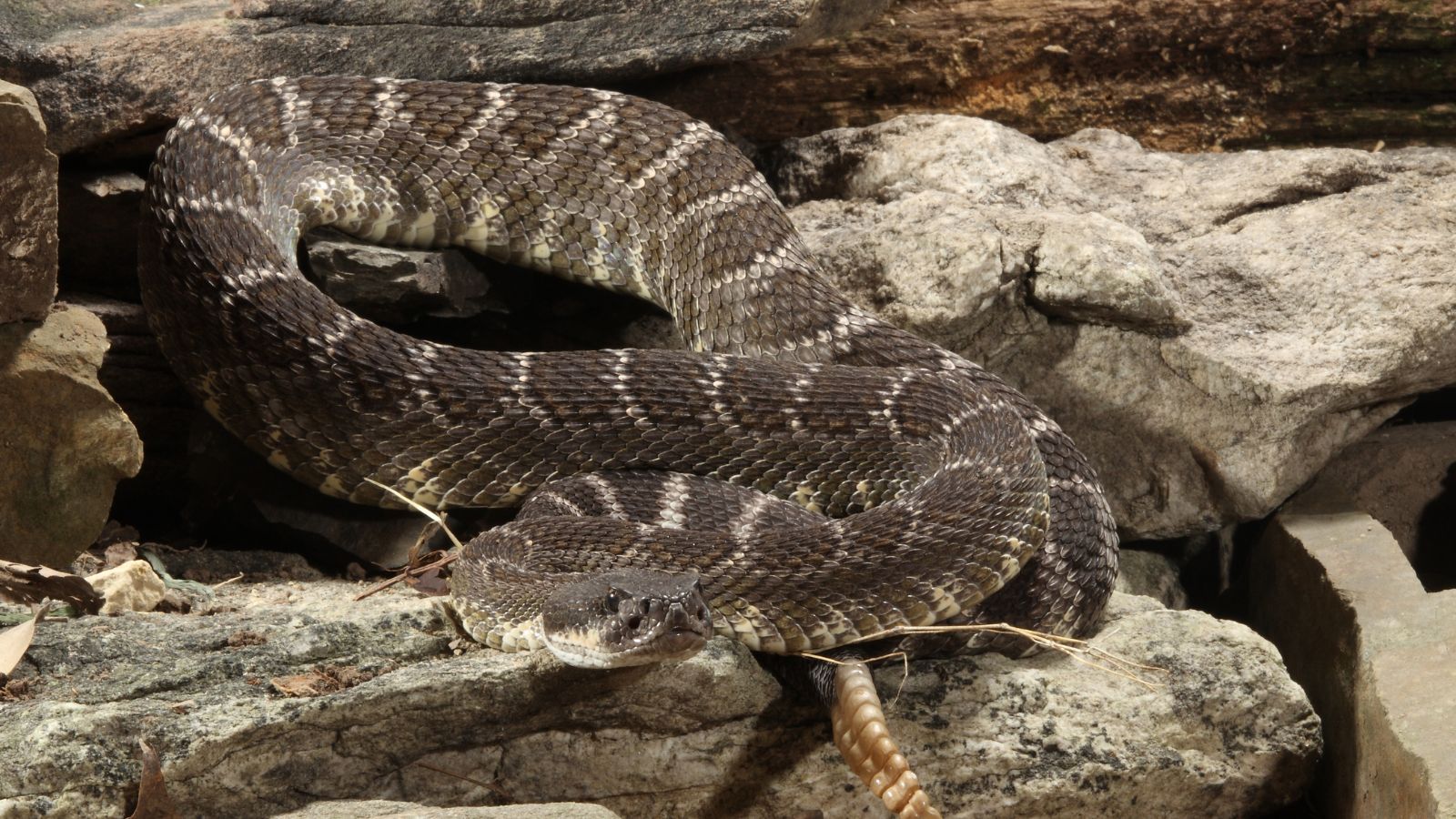
You should be very cautious of the southern Pacific rattlesnake, as it’s one of the largest and most dangerously toxic snakes in the U.S. It’s native to California and Mexico’s Baja California, and there are occasional cases of bites from these myotoxic and hemotoxic snakes leading to human fatalities.
Speckled Rattlesnake
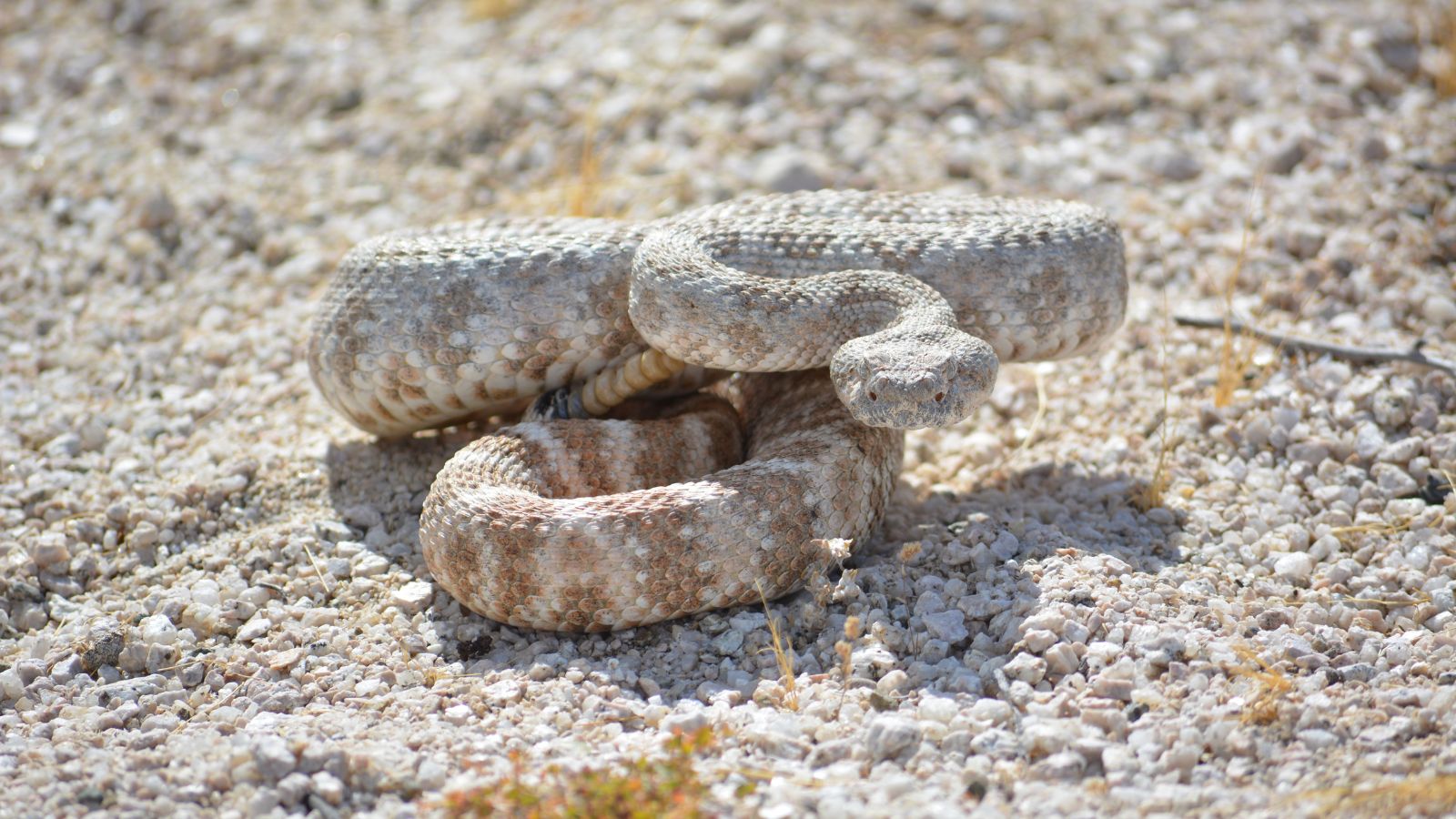
The speckled rattlesnake is one of the least deadly species on our list, but it is still a painfully venomous snake. It’s another native of the southwestern U.S., with skin patterns that camouflage it in rocky terrain. A bite from one of these can cause muscle damage and hemorrhaging.
Western Coral Snake

With the western coral rattlesnake, you have a species with dangerously neurotoxic venom, typically found in Arizona and parts of California. The New Mexico Department of Game & Fish shares that it has a relatively ineffective bite that causes it to hold on until it gets to inject its venom – venom that can cause paralysis and respiratory issues.
Texas Coral Snake
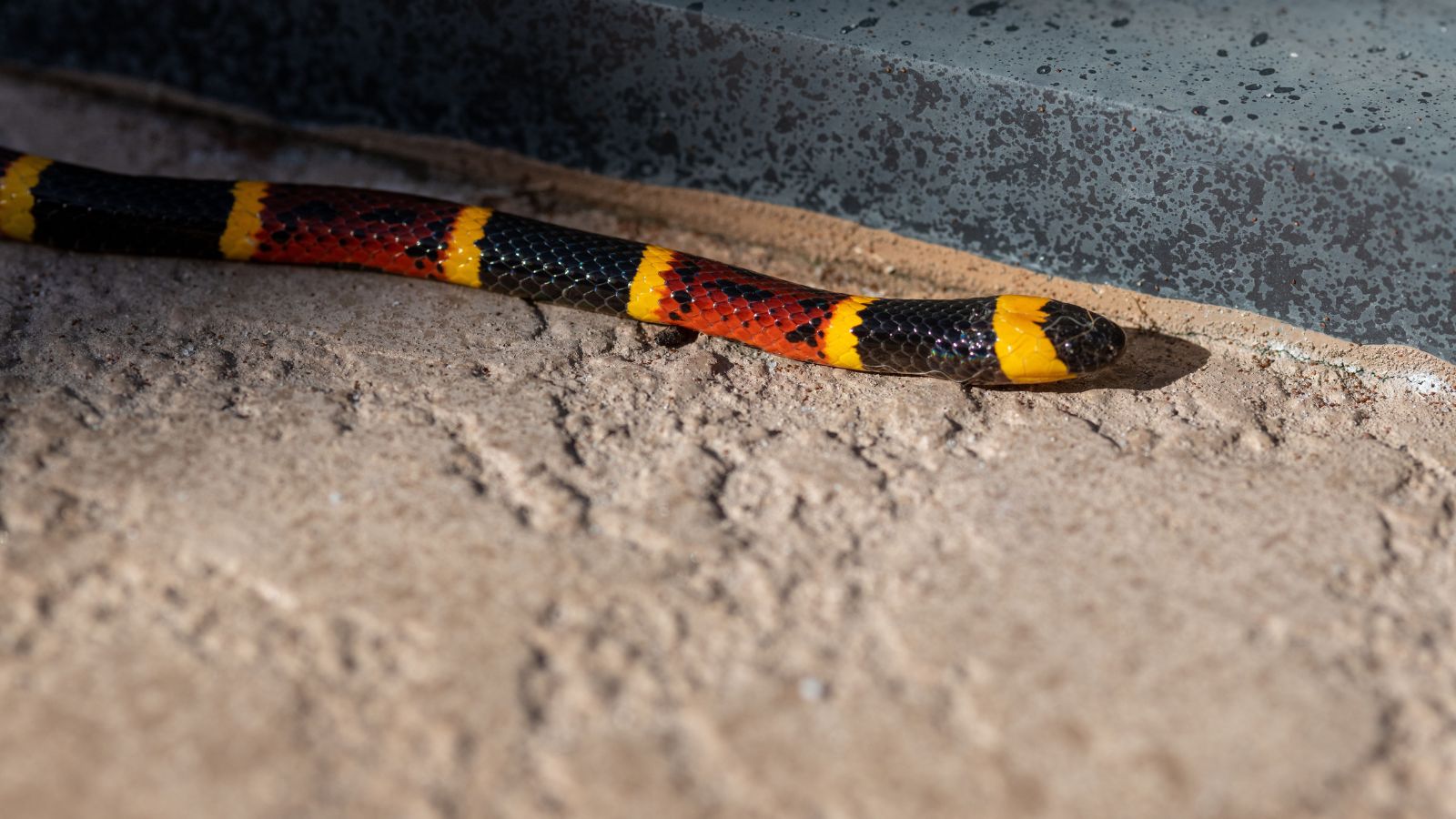
The Texas coral snake has neurotoxic and myotoxic venom that could lead to lethal paralysis or myolysis if not treated appropriately. Of course, it’s found in Texas, and you can also encounter them going into Mexico. You can tell them apart from other snakes by their colored bands of red, yellow, and black.
Up Next: 18 Worrying Facts About Life in Medieval Times

The Middle Ages, also known as the medieval period, lasted from 500 AD to 1500 AD and is usually subdivided into the Early, High, and Late Middle Ages. Life in the medieval period was often brutal, with gruesome punishments, wars, and plagues. Here are 18 terrifying facts about life in the medieval period.
18 Worrying Facts About Life in Medieval Times
19 Easy Ways to Fall Back Asleep After Waking Up in the Middle of the Night

We’ve all been there—it’s dark, quiet, and you’re tired, but you’re still constantly tossing and turning, only to finally fall asleep minutes before the alarm goes off! Waking up throughout the night isn’t just frustrating; it also seriously impacts your energy levels. This article focuses on 19 scientifically proven methods that may help you drift back off more easily.
19 Easy Ways to Fall Back Asleep After Waking Up in the Middle of the Night
17 Things That Are Too Woke For Boomers

Our society is so different from what it was decades ago, and boomers don’t like much of what everyone considers normal in today’s society. In this light, here are 17 things about ‘woke culture’ that particularly make boomers uncomfortable.
